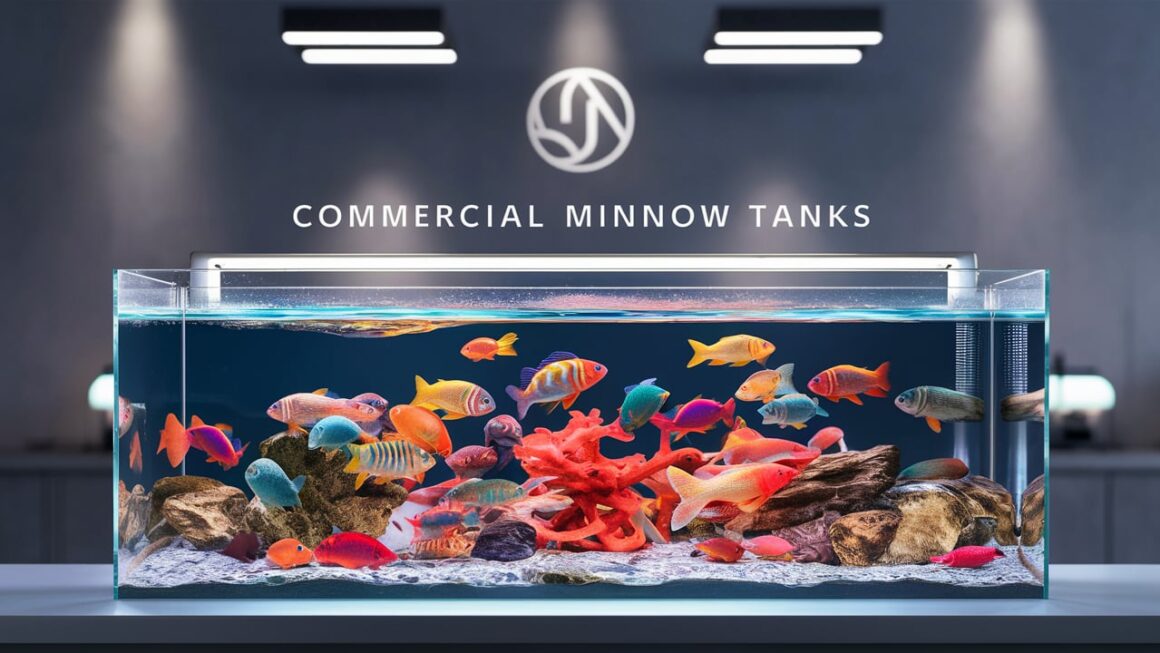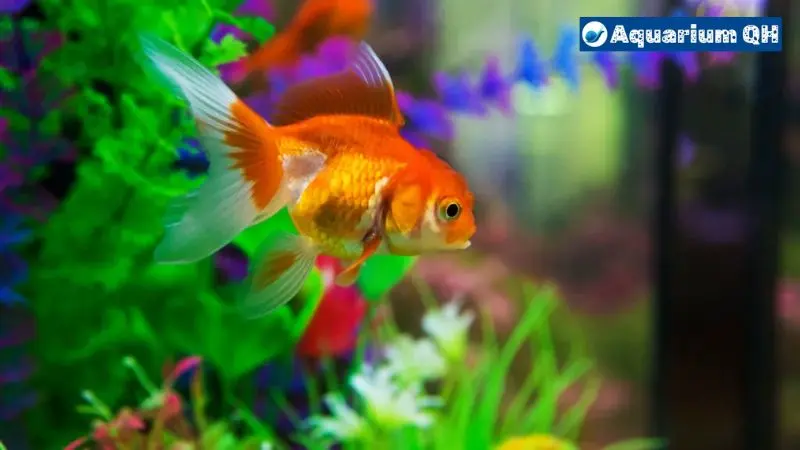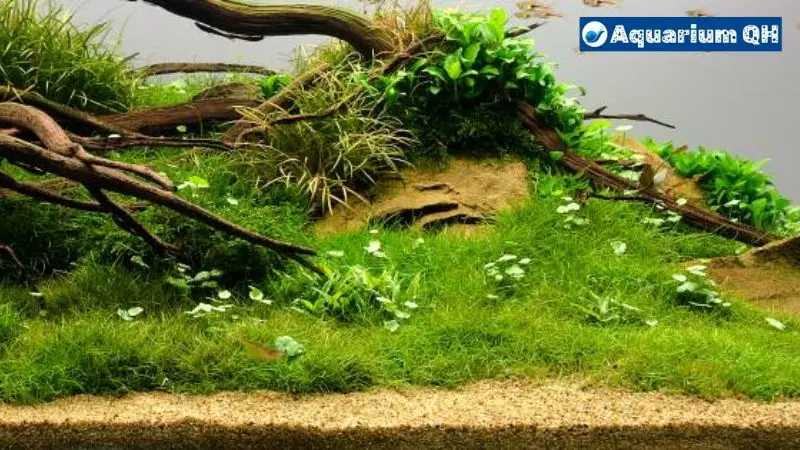Crayfish, also known as crawfish or crawdads, are fascinating creatures that inhabit freshwater ecosystems around the world. They belong to the crustacean family and are closely related to lobsters and shrimp. One of the intriguing aspects of crayfish is their ability to display a variety of colors, including blue.
In this article, Aquarium delve into the reasons behind why do crayfish turn blue.
Introduction to Crayfish
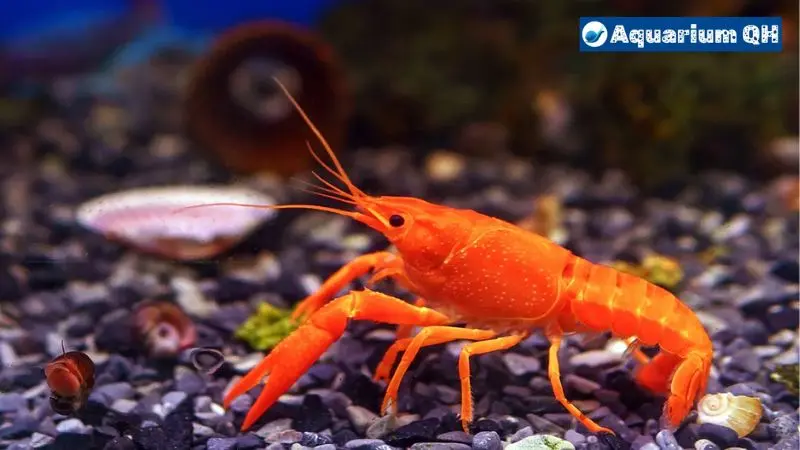
What are crayfish?
Crayfish are small, freshwater crustaceans characterized by their elongated bodies, jointed limbs, and a pair of pincers called chelae. They play a vital role in aquatic ecosystems as scavengers, feeding on decaying organic matter, algae, and small aquatic organisms.
Importance of crayfish in ecosystems
Crayfish serve as important links in the food chain, providing food for larger predators such as fish, birds, and mammals. They also help regulate aquatic plant populations by grazing on algae and other vegetation.
Physical Characteristics of Crayfish
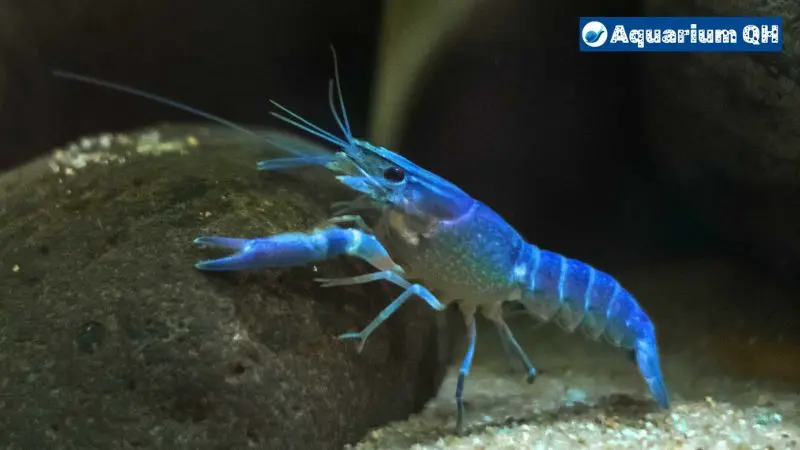
Anatomy of crayfish
Crayfish have a segmented body covered by a hard exoskeleton, which they periodically shed through a process called molting. Their coloration can vary widely depending on species, habitat, and individual genetics.
Color variations in crayfish
Crayfish exhibit a range of colors, including brown, green, red, and blue. While some species maintain a consistent coloration, others, particularly the blue crayfish, undergo color changes under certain conditions.
Reasons for Color Changes in Crayfish
Natural coloration
Crayfish possess pigments in their exoskeletons that contribute to their natural coloration. These pigments can be influenced by genetic factors and environmental conditions.
Environmental factors
Changes in water temperature, pH levels, and mineral content can affect crayfish coloration. Certain minerals in the water, such as copper, can interact with pigments to produce blue hues.
Stress-induced color changes
Crayfish may also change color in response to stressors such as predation threats, overcrowding, or changes in habitat. This adaptive response helps them blend into their surroundings or signal distress to other crayfish.
The Role of Pigments in Crayfish Coloration
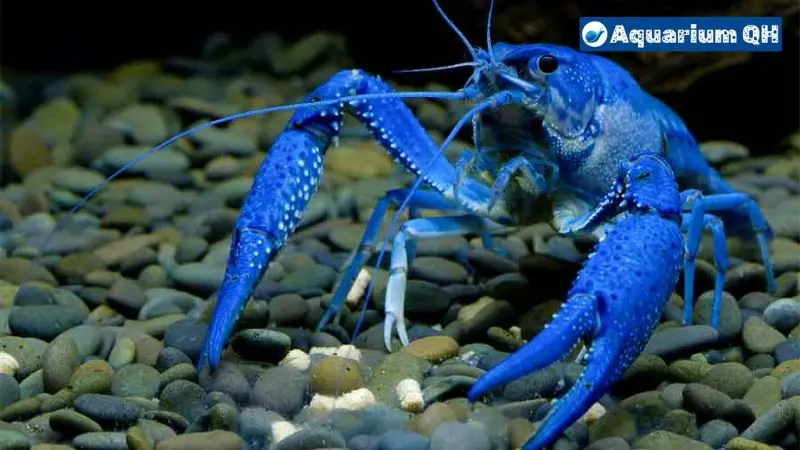
Types of pigments present
Crayfish contain pigments such as carotenoids, melanin, and astaxanthin, which contribute to their coloration. Carotenoids, for example, produce red and orange colors, while melanin produces darker hues.
How pigments affect color change
Changes in pigmentation occur when pigments are either synthesized or broken down within the crayfish’s body. Hormonal fluctuations during molting can also influence the expression of pigments.
Understanding the Process of Crayfish Molting
Importance of molting
Molting is essential for crayfish growth and development. During molting, crayfish shed their exoskeletons to accommodate their increasing size and repair any damage to their shells.
Relationship between molting and color change
Crayfish often display vibrant colors after molting due to the deposition of new pigments in their freshly formed exoskeletons. This process can result in temporary color changes until the new exoskeleton hardens.
Factors Influencing Blue Coloration in Crayfish
Genetic factors
Certain species of crayfish, such as the electric blue crayfish (Procambarus alleni), exhibit a genetic mutation that produces a vibrant blue coloration. This mutation is hereditary and can be selectively bred in captivity.
Diet and nutrition
The diet of crayfish can influence their coloration. A balanced diet rich in carotenoid-containing foods, such as algae and crustaceans, can enhance the intensity of their colors, including shades of blue.
Water quality
Clean, well-oxygenated water with optimal mineral content can promote healthy crayfish coloration. Conversely, poor water quality or pollution can negatively impact their color and overall health.
Behavioral Adaptations of Blue Crayfish
Camouflage and survival strategies
Blue crayfish may use their coloration as a form of camouflage to blend into their surroundings and avoid predators. Their blue hues can mimic the color of certain aquatic plants or substrates, providing them with protection.
Social interactions within crayfish populations
Colorful displays play a role in crayfish communication and social behavior. Blue crayfish may use their vibrant colors to establish dominance, attract mates, or signal aggression during interactions with conspecifics.
Human Interaction with Blue Crayfish
Aquaculture and pet trade
Blue crayfish are popular choices for aquarium enthusiasts due to their striking appearance and relatively low maintenance requirements. They are often bred in captivity for the pet trade, contributing to their widespread popularity.
Conservation efforts and challenges
The increasing demand for blue crayfish in the pet trade has raised concerns about the sustainability of wild populations. Conservation efforts focus on protecting natural habitats, regulating trade, and promoting responsible captive breeding practices.
Conclusion
In conclusion, the blue coloration observed in crayfish is influenced by a combination of genetic, environmental, and physiological factors. Understanding the mechanisms behind crayfish color change enhances our appreciation for these fascinating creatures and underscores the importance of preserving their natural habitats.
Unique FAQs
- Can all crayfish turn blue? No, not all crayfish species exhibit blue coloration. It is primarily observed in certain species with genetic mutations.
- Is blue crayfish color permanent? Blue crayfish can change color temporarily during molting or in response to environmental factors, but the underlying genetic blue coloration remains constant.
- Are blue crayfish aggressive? Blue crayfish can exhibit territorial behavior, especially towards conspecifics. However, their aggression levels vary depending on individual temperament and environmental conditions.
- Do blue crayfish lose their color over time? Blue crayfish can retain their coloration throughout their lifespan, provided they receive proper care, including a balanced diet and suitable water conditions.
- Can crayfish revert to their original color after turning blue? In some cases, crayfish may revert to their original coloration if environmental conditions change or if they experience stress-induced color changes. However, genetic blue coloration typically persists.


